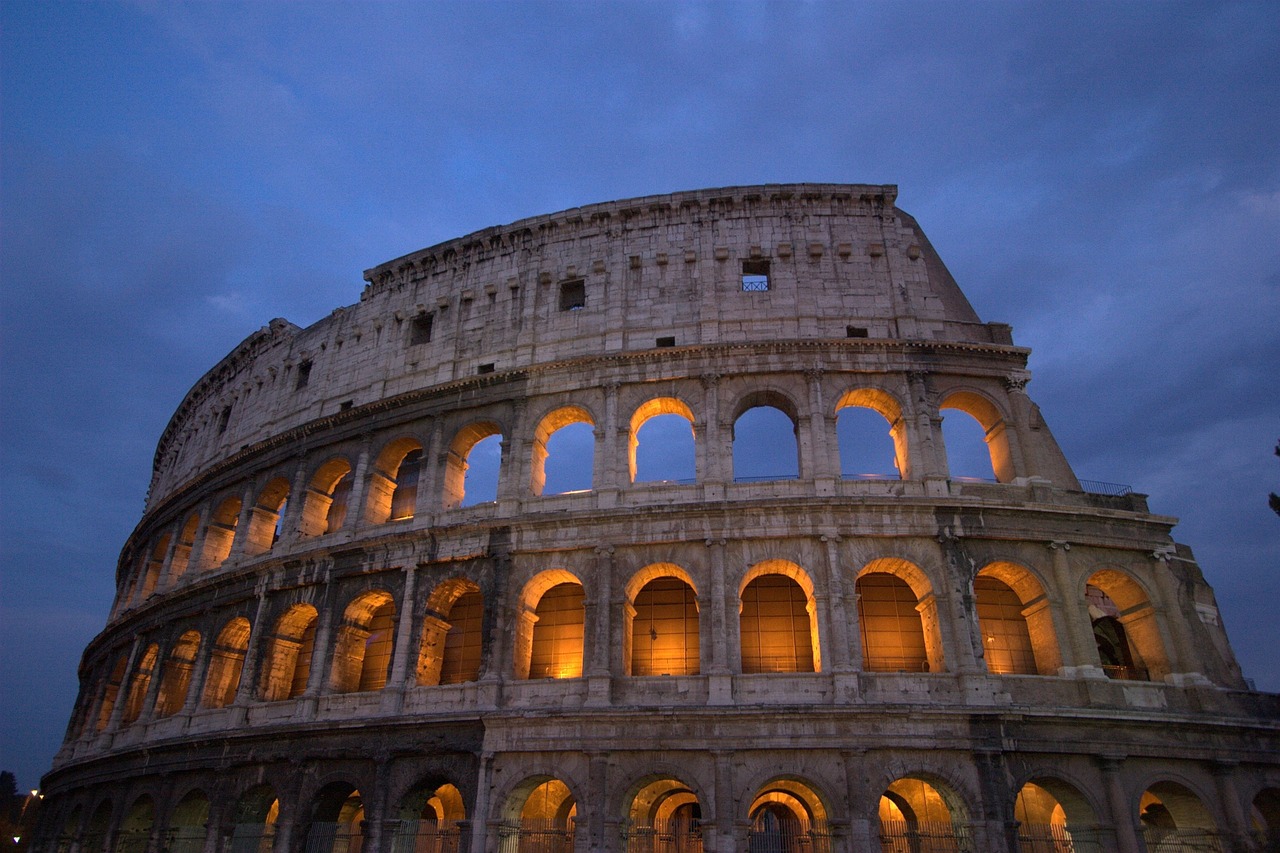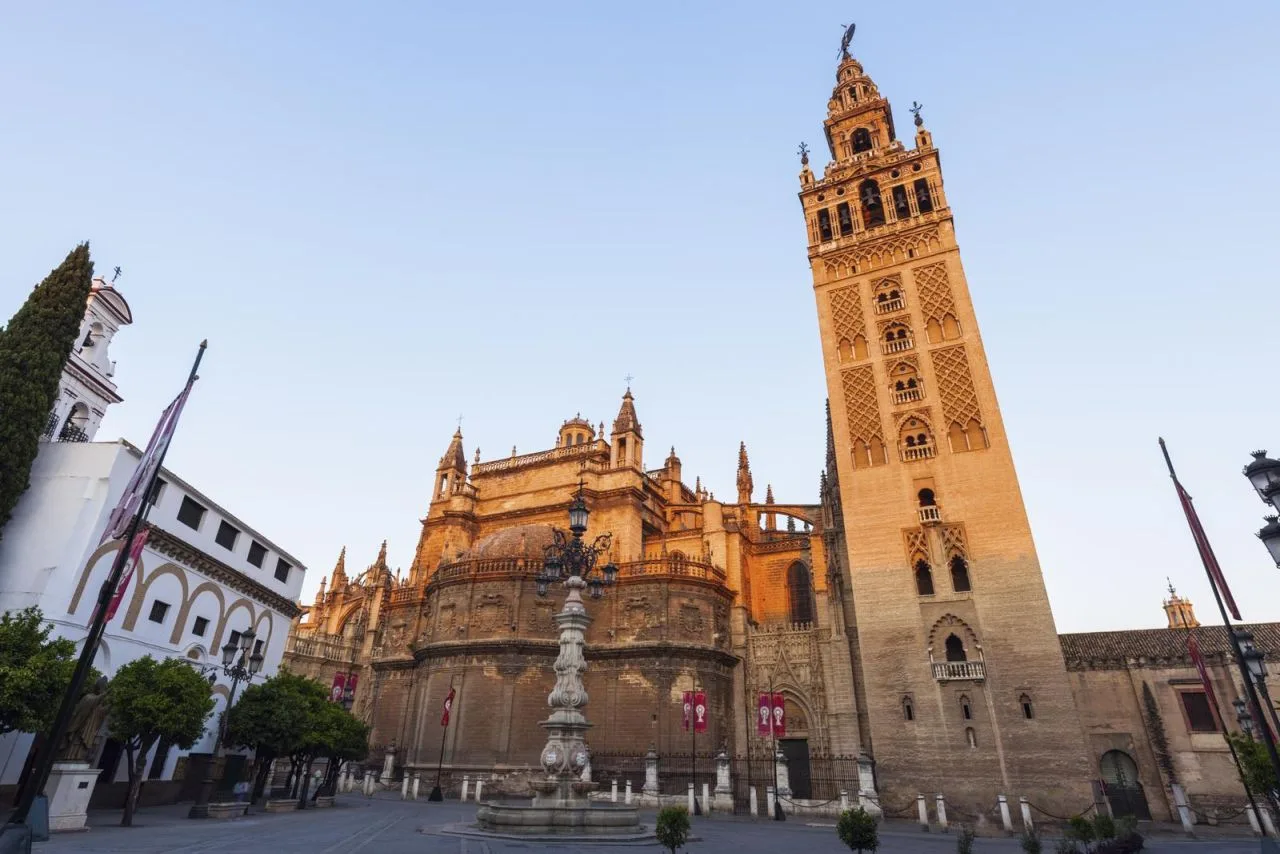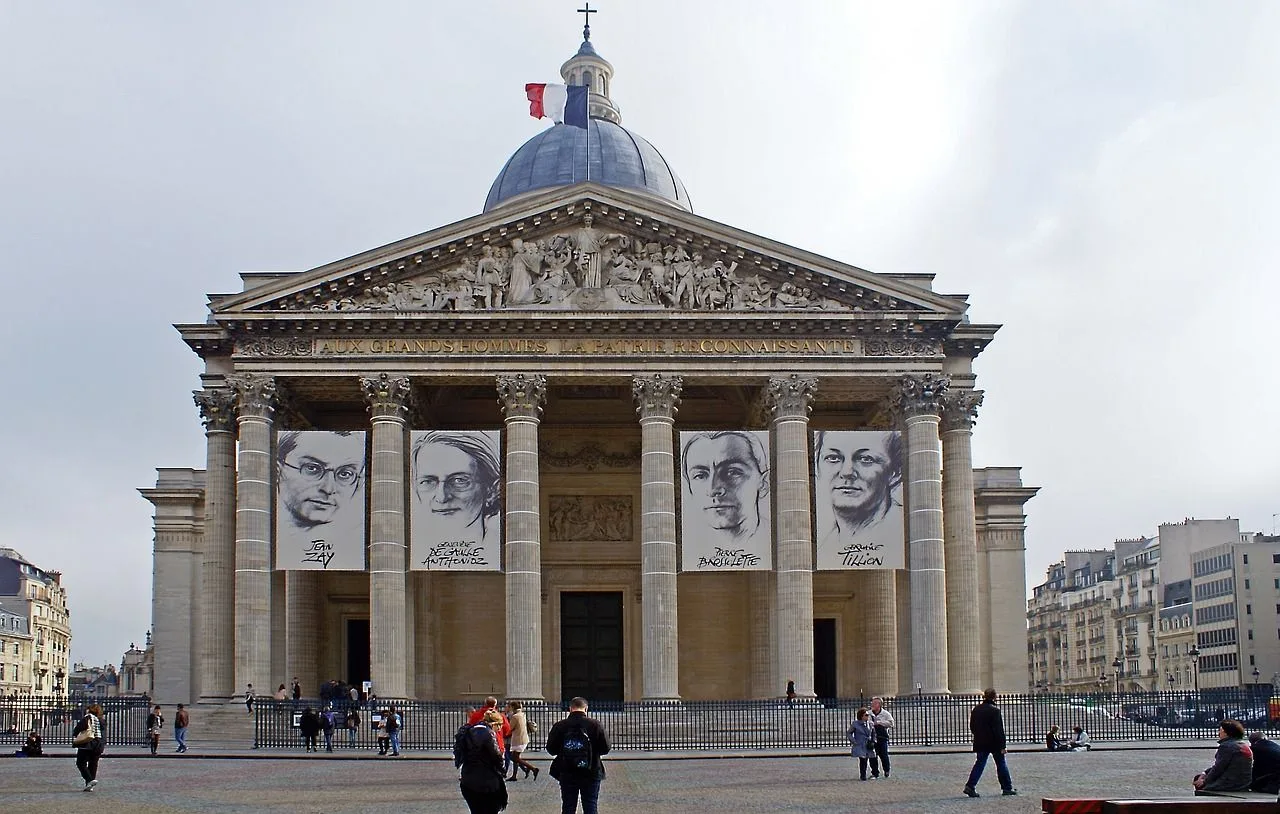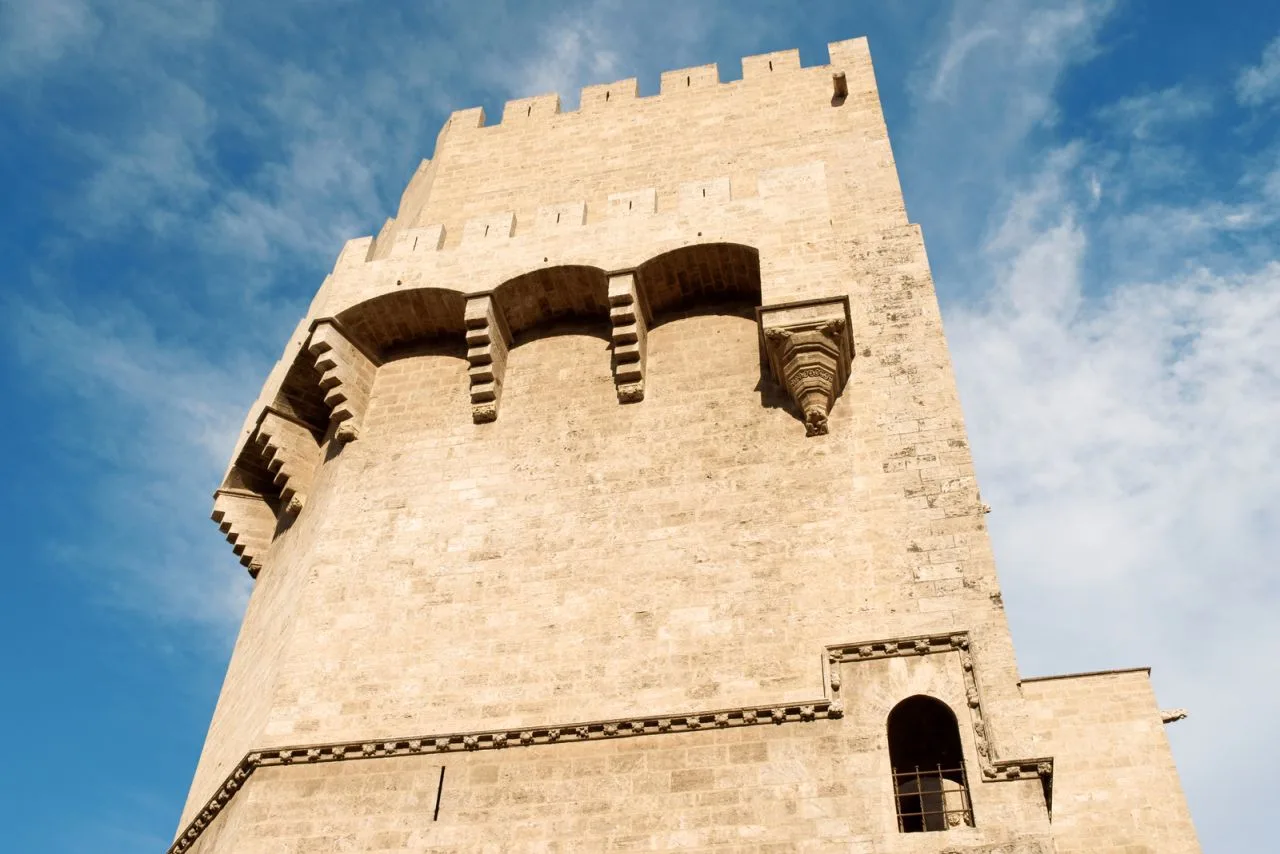Colosseum, Rome
Address
Piazza del Colosseo Rome
GPS
41.89023355, 12.491163946472
Known originally as the Flavian Amphitheatre, Colosseum is the most famous Roman landmark and it owes its name to the giant statue of the emperor Nero that once stood near this amphitheater. The amphitheater was capable of seating up to 87,000 people during the height of its popularity.
Colosseum facts
The Colosseum in Rome is one of the most iconic landmarks in the world, symbolizing the grandeur of the Roman Empire. Here are some key facts about this remarkable structure:
1. Location
- Address: Piazza del Colosseo, 1, 00184 Rome, Italy
- Position: Situated in the heart of Rome, close to the Roman Forum.
2. Historical Background
- Construction: The Colosseum, also known as the Flavian Amphitheatre, was commissioned by Emperor Vespasian of the Flavian dynasty in AD 70-72 and completed in AD 80 under his successor and heir, Titus.
- Inauguration: It was inaugurated with 100 days of games, which included gladiatorial combats and animal fights.
3. Architectural Style
- Design: The Colosseum is an elliptical amphitheater and a masterpiece of ancient Roman engineering and architecture.
- Dimensions: It measures 189 meters (620 feet) long, 156 meters (510 feet) wide, and 50 meters (164 feet) high.
- Capacity: Could hold between 50,000 and 80,000 spectators.
4. Structure and Materials
- Materials: Constructed using travertine limestone, tuff (volcanic rock), and brick-faced concrete.
- Levels: It has four stories, with the first three featuring arches framed by semi-circular columns in the Doric, Ionic, and Corinthian orders, respectively. The fourth level has a solid wall decorated with Corinthian pilasters.
5. Functions and Events
- Gladiatorial Games: Primarily used for gladiatorial contests.
- Other Events: Hosted a variety of public spectacles such as mock sea battles (naumachiae), animal hunts (venationes), executions, and dramas based on Classical mythology.
- Social Function: Served as a political tool to entertain and control the masses with “bread and circuses.”
6. Seating Arrangement
- Social Hierarchy: Seating was arranged according to Roman social hierarchy, with the best seats reserved for the elite and upper classes, while the general public and women sat in the higher tiers.
7. Engineering Marvels
- Hypogeum: The underground structure, known as the hypogeum, consisted of a network of tunnels and cages beneath the arena floor, used to house animals and slaves.
- Velarium: A retractable awning called the velarium protected spectators from the sun and rain. It was operated by sailors from the Roman navy.
8. Decline and Preservation
- Damage: The Colosseum suffered damage over the centuries due to natural disasters such as earthquakes and stone robbery for building materials.
- Restoration: Various restoration projects have been undertaken since the 18th century to preserve the structure. Modern efforts continue to maintain and restore the Colosseum.
9. Cultural Significance
- Symbol: The Colosseum remains a symbol of the architectural and engineering prowess of the Roman Empire.
- UNESCO: It was declared a UNESCO World Heritage Site in 1980 along with the entire historic center of Rome.
- New Seven Wonders: Named one of the New Seven Wonders of the World in 2007.
10. Tourism
- Visitors: It is one of the most popular tourist attractions in Rome, drawing millions of visitors annually.
- Access: Open to the public with tickets available for general admission, guided tours, and special access to the underground and upper tiers.
- Ticket Prices: Approximately €12-€16 for general admission, with additional costs for special tours and access.
11. Modern Uses
- Cultural Events: Occasionally used for cultural events, concerts, and historical reenactments.
- Symbolic Events: The Colosseum is often illuminated in various colors to mark international events and causes, such as the abolition of the death penalty.
12. Conservation Challenges
- Pollution: Air pollution and vibrations from traffic and nearby metro lines pose ongoing challenges to the structure’s preservation.
- Climate Impact: Climate change and weathering continue to affect the Colosseum’s stonework, necessitating ongoing conservation efforts.
These facts underscore the Colosseum’s historical importance, architectural brilliance, and enduring legacy as a symbol of ancient Rome’s grandeur.
Even today, Colosseum is the largest amphitheater in the world and it has been declared as one of the worlds modern seven wonders. It is a must see when visiting Rome and it is great experience to see and hear many great stories about its history and have some spectacular photographs taken for your holiday collection!
The Colosseum represents Rome more than anything else. It’s a massive building that, after over two millennia, will transport you back in time to learn about life in the Roman Empire.
The Colosseum was built between 72 and 80 CE, beginning under Vespasian’s reign and concluding with Titus’s. The Colosseum’s final dimensions—188 metres in length, 156 metres in width, and 57 metres in height—made it the largest Roman amphitheatre.
The Roman Colosseum (back then called Flavian Amphitheatre) hosted over 50,000 people during the height of the Roman Empire, when “Bread and Circuses” was the official motto of the Roman Empire. For years, Roman citizens were entertained by gladiator bouts, reenactments of ancient battles, displays of exotic animals, and executions of convicts.
For more than 500 years, the Colosseum entertained audiences. In the sixth century, humanity had its final games.
The Colosseum has been damaged by wartime bombings and lootings in addition to earthquakes and lootings in the sixth century. For decades, the Colosseum served as a storage facility, church, cemetery, and even a palace for the elite, proving its resilience.
The Colosseum and the Vatican City are Rome’s two biggest draws right now. There are 6 million annual visitors. The Colosseum was officially named one of the New Seven Wonders of the World on July 7, 2007.
Interesting facts about Colosseum
Here are some interesting facts about this amazing historic landmark:
- Because of the massive “The Colossus of Nero” statue that stood at the entrance of the Domus Aurea, the name “Flavian Amphitheatre” was changed to “The Colosseum.” After the Great Fire of Rome, Nero had the Domus Aurea constructed as a grand residence.
- More than 2,000 gladiators lost their lives during the 100 days of games that marked the Colosseum’s official opening under Emperor Titus.
- The crowd at the Colosseum was shielded from the sun by a canvas roof. Underneath the arena was where all the cages and machinery were kept.
- It has been speculated that naval war reenactments took place in the Colosseum by filling it with water, although no definitive evidence has been found as of yet.
- The Pope always takes charge of the annual Good Friday Way of the Cross procession through the Colosseum. The early Christians who were martyred here are commemorated today. This site has a long history of Christian significance.
- When it was used for gladiator events, Colosseum could host up to 87,000 people.
- More than 4 million tourists visit Colosseum each year.
- Some of the Colosseum parts were used to build the St Peter’s Basilica.







